Byungjae Lee
Deep Learning Methods for Lung Cancer Segmentation in Whole-slide Histopathology Images -- the ACDC@LungHP Challenge 2019
Aug 21, 2020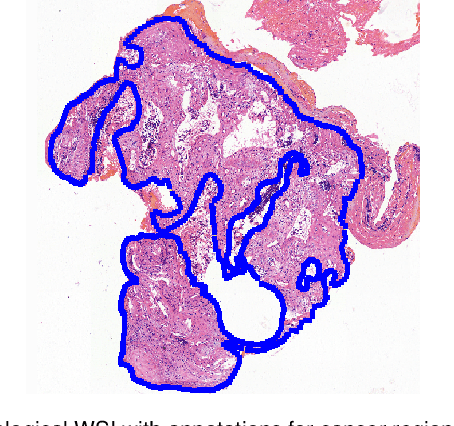
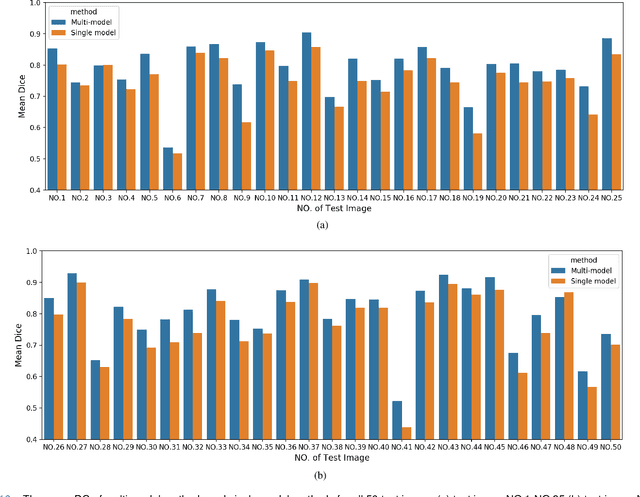
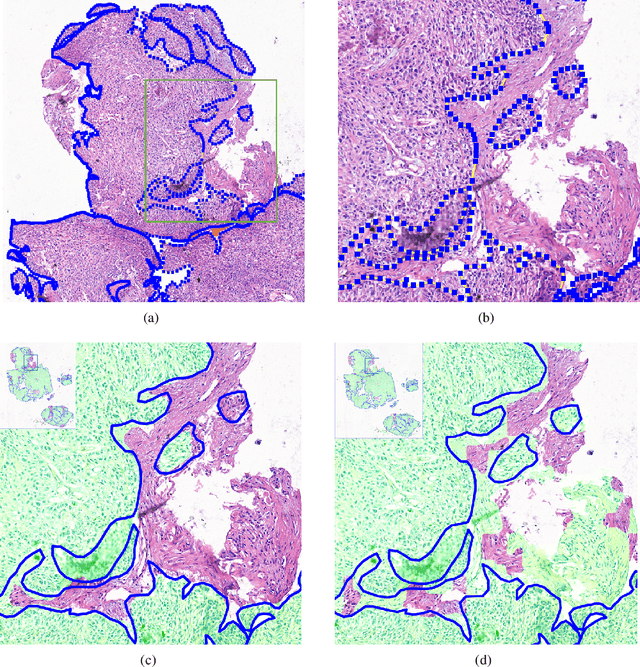
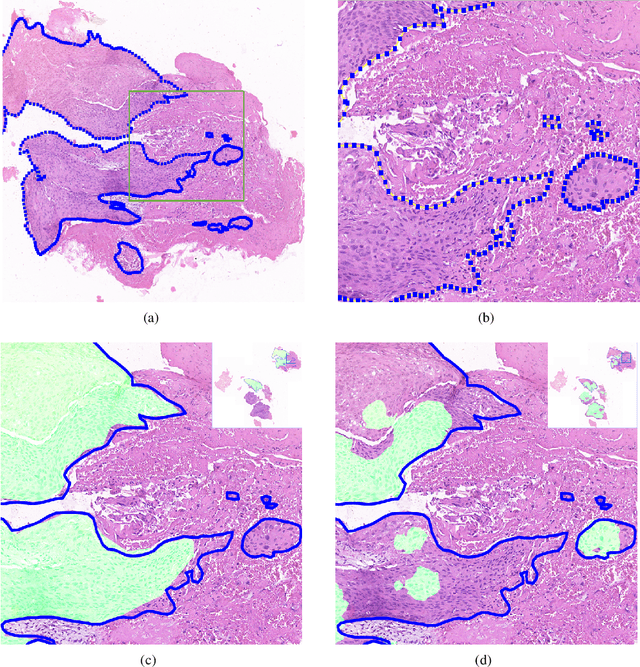
Abstract:Accurate segmentation of lung cancer in pathology slides is a critical step in improving patient care. We proposed the ACDC@LungHP (Automatic Cancer Detection and Classification in Whole-slide Lung Histopathology) challenge for evaluating different computer-aided diagnosis (CADs) methods on the automatic diagnosis of lung cancer. The ACDC@LungHP 2019 focused on segmentation (pixel-wise detection) of cancer tissue in whole slide imaging (WSI), using an annotated dataset of 150 training images and 50 test images from 200 patients. This paper reviews this challenge and summarizes the top 10 submitted methods for lung cancer segmentation. All methods were evaluated using the false positive rate, false negative rate, and DICE coefficient (DC). The DC ranged from 0.7354$\pm$0.1149 to 0.8372$\pm$0.0858. The DC of the best method was close to the inter-observer agreement (0.8398$\pm$0.0890). All methods were based on deep learning and categorized into two groups: multi-model method and single model method. In general, multi-model methods were significantly better ($\textit{p}$<$0.01$) than single model methods, with mean DC of 0.7966 and 0.7544, respectively. Deep learning based methods could potentially help pathologists find suspicious regions for further analysis of lung cancer in WSI.
A Robust and Effective Approach Towards Accurate Metastasis Detection and pN-stage Classification in Breast Cancer
May 30, 2018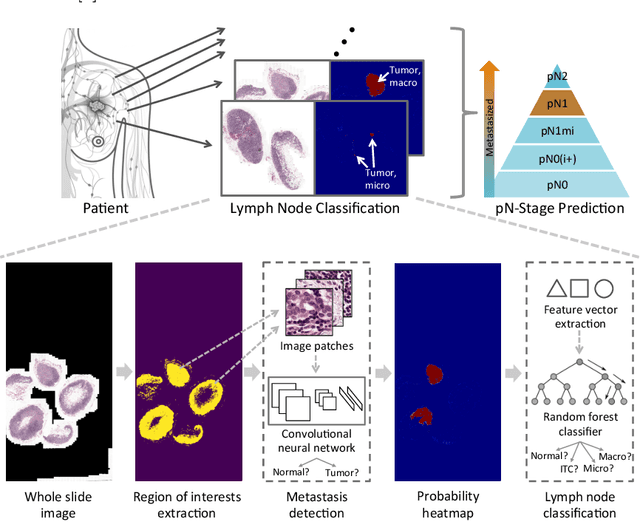
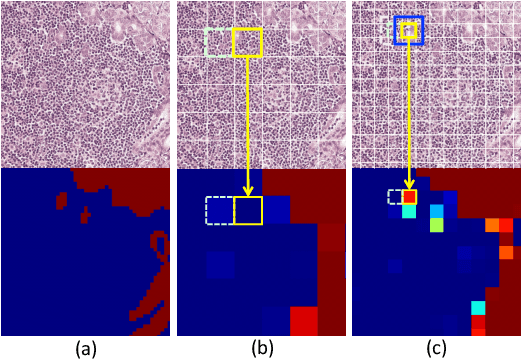
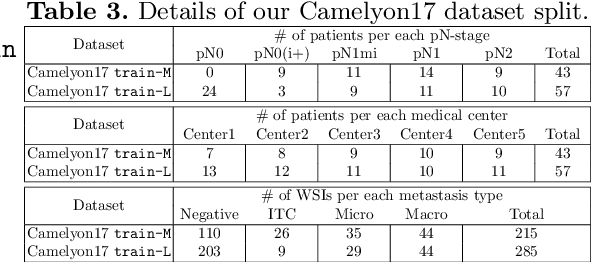

Abstract:Predicting TNM stage is the major determinant of breast cancer prognosis and treatment. The essential part of TNM stage classification is whether the cancer has metastasized to the regional lymph nodes (N-stage). Pathologic N-stage (pN-stage) is commonly performed by pathologists detecting metastasis in histological slides. However, this diagnostic procedure is prone to misinterpretation and would normally require extensive time by pathologists because of the sheer volume of data that needs a thorough review. Automated detection of lymph node metastasis and pN-stage prediction has a great potential to reduce their workload and help the pathologist. Recent advances in convolutional neural networks (CNN) have shown significant improvements in histological slide analysis, but accuracy is not optimized because of the difficulty in the handling of gigapixel images. In this paper, we propose a robust method for metastasis detection and pN-stage classification in breast cancer from multiple gigapixel pathology images in an effective way. pN-stage is predicted by combining patch-level CNN based metastasis detector and slide-level lymph node classifier. The proposed framework achieves a state-of-the-art quadratic weighted kappa score of 0.9203 on the Camelyon17 dataset, outperforming the previous winning method of the Camelyon17 challenge.
Multi-Class Multi-Object Tracking using Changing Point Detection
Aug 30, 2016



Abstract:This paper presents a robust multi-class multi-object tracking (MCMOT) formulated by a Bayesian filtering framework. Multi-object tracking for unlimited object classes is conducted by combining detection responses and changing point detection (CPD) algorithm. The CPD model is used to observe abrupt or abnormal changes due to a drift and an occlusion based spatiotemporal characteristics of track states. The ensemble of convolutional neural network (CNN) based object detector and Lucas-Kanede Tracker (KLT) based motion detector is employed to compute the likelihoods of foreground regions as the detection responses of different object classes. Extensive experiments are performed using lately introduced challenging benchmark videos; ImageNet VID and MOT benchmark dataset. The comparison to state-of-the-art video tracking techniques shows very encouraging results.
 Add to Chrome
Add to Chrome Add to Firefox
Add to Firefox Add to Edge
Add to Edge